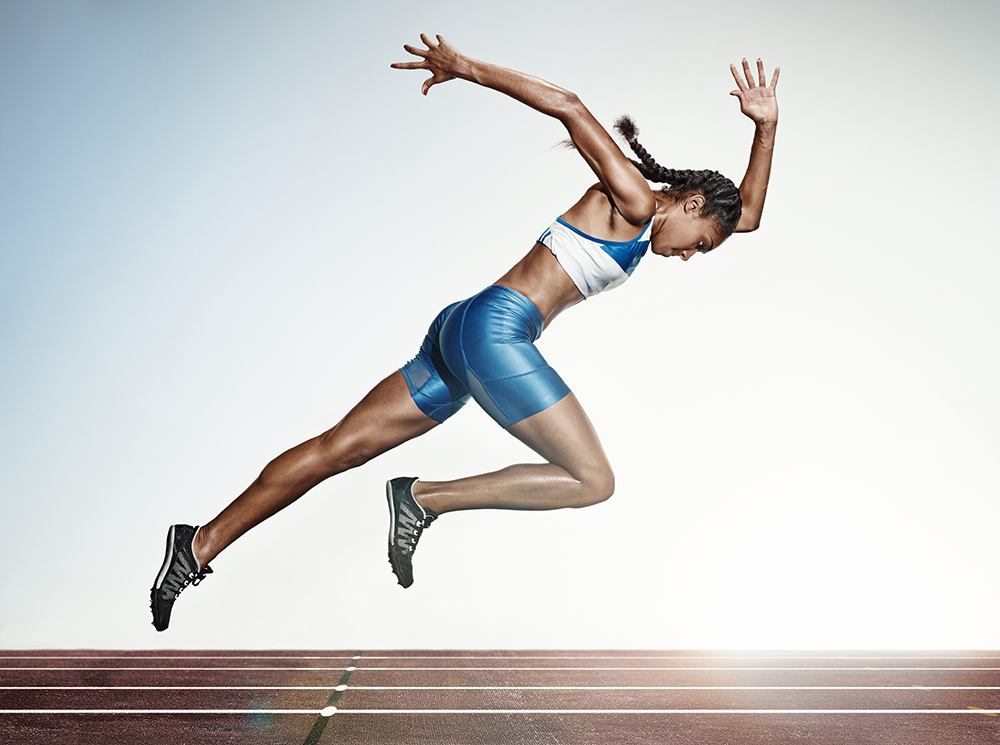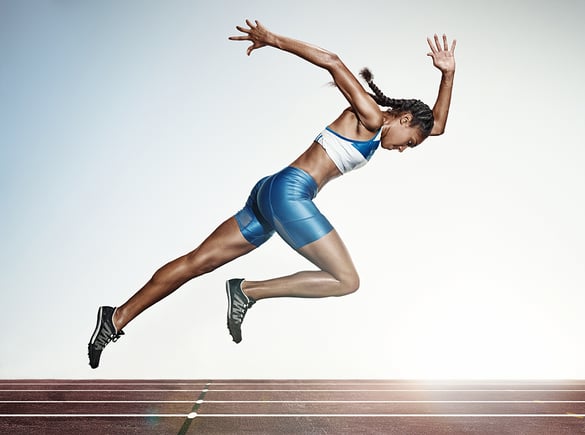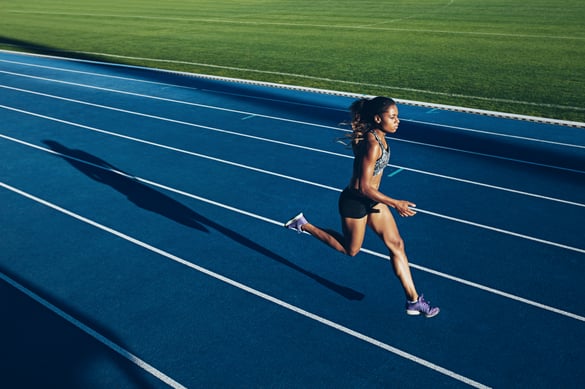
How Plantar Pressure Mapping Technology Can Improve Sports Performance
Understanding Gait Biomechanics
In Part 1 of our webinar series, Sports Performance Science, sport scientist and strength & conditioning coach, Antonio Robustelli, guides us through an introduction to biomechanics and the basics of gait analysis, and how pressure mapping technology can provide insights to improve human performance.
So, what exactly is biomechanics?
To put it simply, biomechanics is the science of explaining how and why the human body moves in the way that it does. In sport and exercise, that definition often takes into consideration the interaction between the athlete, their equipment and the environment1. The aim of sports biomechanics is to improve athletic performance by identifying and applying optimal techniques, and prevent injuries or speed up recovery.
Biomechanics is traditionally divided into the areas of kinematics and kinetics. The former is a branch of mechanics that deals with the geometry of the motion of objects, including displacement, velocity, and acceleration, without taking into account the forces that produce the motion. Kinetics is the study of the relationships between the force system acting on a body and the changes it produces in body motion1.
Gait is made up of repetitive cycles of the stance phase when the foot is on the ground (foot strike, mid stance, and terminal stance) and the swing phase when the foot is in the air. When running, there is an additional phase: the float phase when both feet are off the ground2.
Gait speed determines the contribution of each body segment. Normal walking speed primarily involves the lower extremities, with the arms and trunk providing stability and balance. The faster the speed, the more the body depends on the upper extremities and trunk for propulsion as well as balance and stability3.
By understanding the how and the why of human movement, we can combine this knowledge with pressure mapping to gain an understanding of how we can optimize sports performance.
How Different Measurement Systems Compare
Pressure mapping is a great way to measure a person’s gait biomechanics. There are pros and cons when comparing force platforms to pressure mapping systems, which includes stance pad sensors, walkway sensors, and in-shoe insole sensors.
A force plate measures the total force applied on the top plate, providing a measurement of the total vertical and horizontal/shear forces.
Alternatively, pressure measurement systems provide a force measurement for each of the individual loaded sensels of the sensor, thanks to the matrix configuration of the sensor. This feature provides for additional measurements such as pressure, CoP (center of pressure) gait lines, and contact area, allowing the segmentation of the foot into regions of interest.
When compared with other gait analysis devices, insole sensors like the Intelligent Insoles | Pro are best suited to real-world applications. They’re also:
- Easier to implement and use — they’re thin and light, so they’re imperceptible to the wearer allowing for natural gait.
- Less time-consuming. The Intelligent Insoles | Pro are ready to run right away without the typical calibration and configuration overhead and the software is feature rich and easy to use .
- Analysis tools are Meaningful and effective for the assessment of baseline and in-season performance.
The data collected — combined with the visualizations from the Intelligent Insoles | Pro — provides insights that can be used for testing, monitoring and interventions, all which help improve athletic performance.
Watch the webinar for a more in-depth introduction to the basics of sports performance science, including details on biomechanics, gait analysis, and pressure mapping systems.
More about Antonio Robustelli:
Antonio is the mastermind behind OmniAthlete Performance Concept. He is a professional sports performance consultant and elite coach from Italy. His areas of expertise include injury prevention, sports technology, strength training programming, speed development, recovery monitoring, and return to play assessment.
Listen to our podcast with Antonio Robustelli:
References:
- Hall SJ. What Is Biomechanics?. In: Hall SJ. eds. Basic Biomechanics, 8e New York, NY: McGraw-Hill; 2019. http://accessphysiotherapy.mhmedical.com/content.aspx?bookid=2433§ionid=191508967. (last accessed June 03, 2019).
- Foot and Ankle Structure and Function. (2020, October 30). Physiopedia, . Retrieved 23:36, December 8, 2020 from https://www.physio-pedia.com/index.php?title=Foot_and_Ankle_Structure_and_Function&oldid=257994.
- Shultz SJ et al. Examination of Musculoskeletal Injuries. 2nd ed, North Carolina: Human Kinetics, 2005. p55-60.



